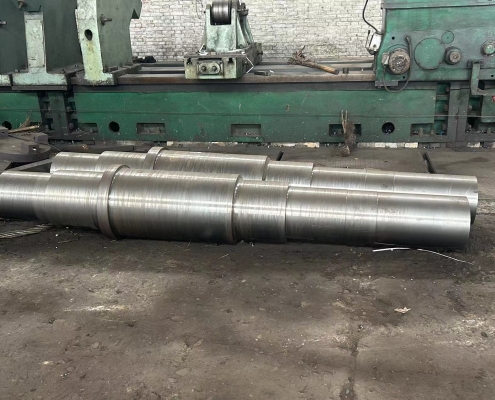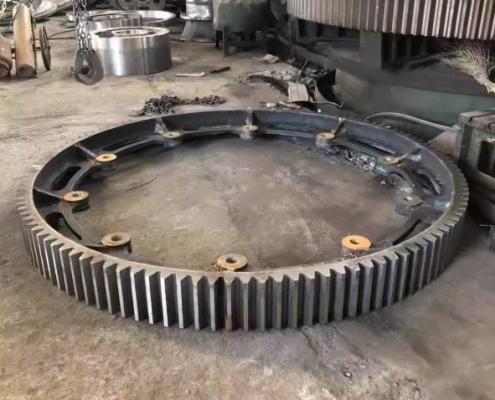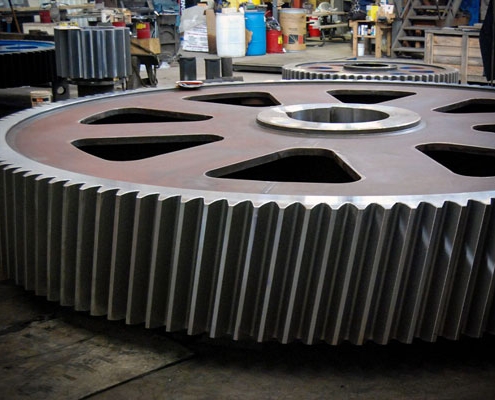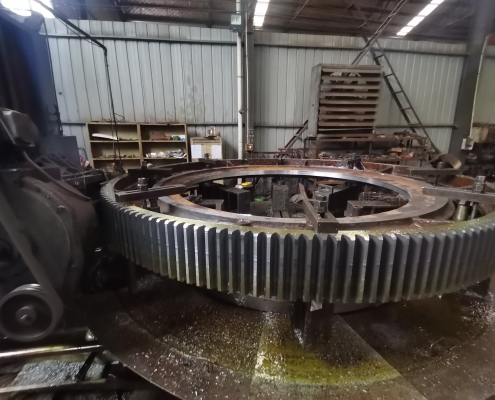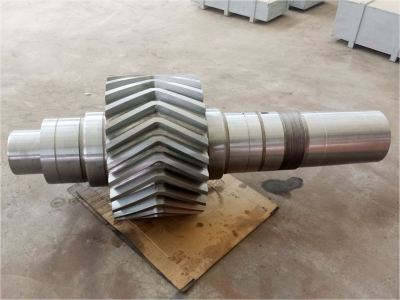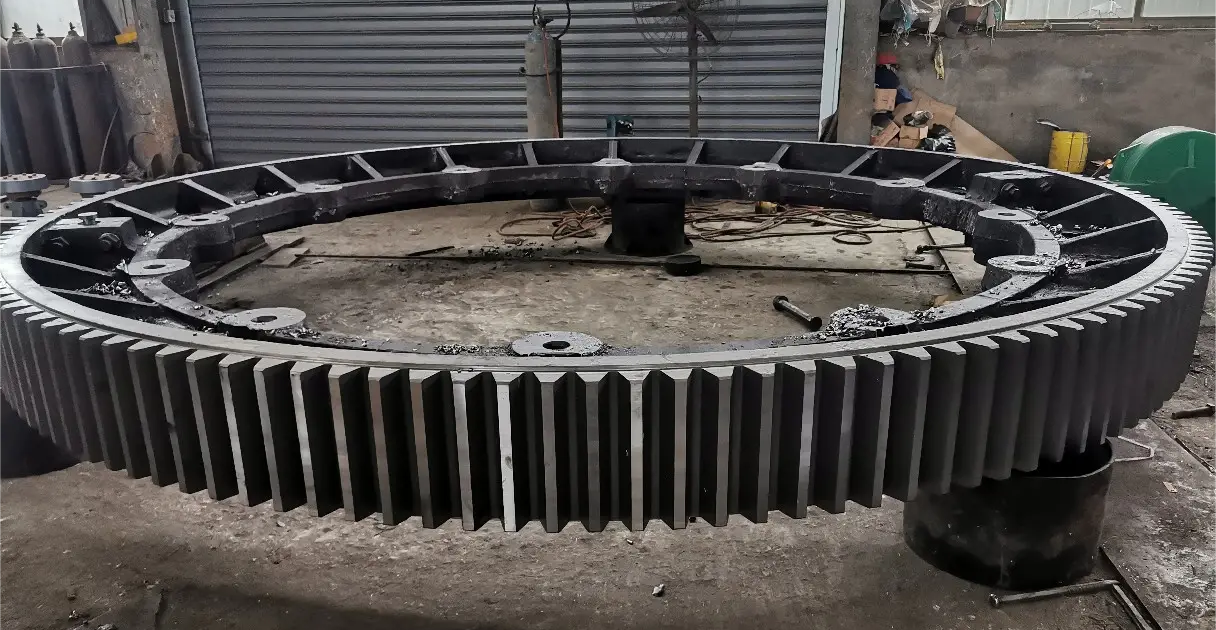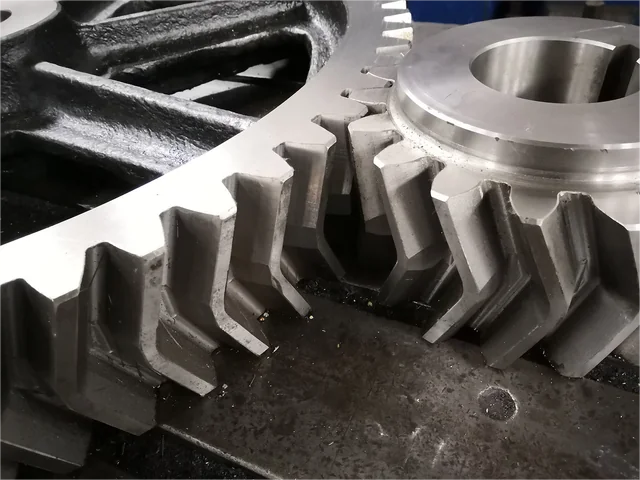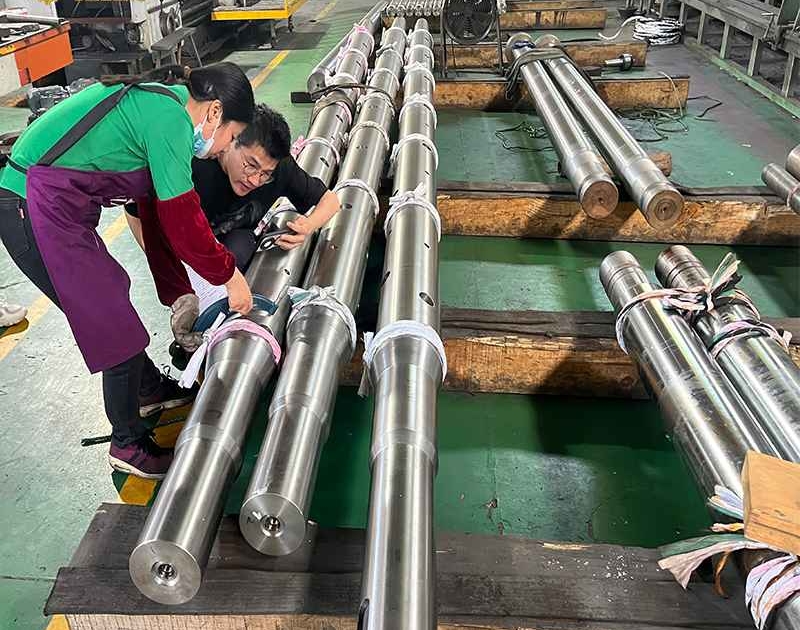Large steel forgings generally refer to products with ingot weight ≥150t and single forging weight ≥90t. The representative grades are generally 25Cr2Ni4MoV, 30Cr2Ni4MoV, 40Cr3MoV, 45Cr4NiMoV, 12Cr2Mo1, 12Cr2Mo1V, 20MnNiMo and other grades of forging materials. Large steel forgings are generally used to manufacture the main components of industrial equipment such as power, shipbuilding, metallurgy, and petrochemicals. Because they are used as main components, the performance and quality requirements of large steel forgings are generally extremely strict, and the forging method and process of steel forgings play a decisive role in performance and quality.
In my country, there are three processing standards for large steel forgings, namely GB/T 37464-2019 “Quenching and tempering of large steel forgings”, GB/T 37558-2019 “Post-forging heat treatment of large steel forgings”, and GB/T 37559-2019 “Normalizing and annealing of large steel forgings”. These three standards play a major role in guiding the processing technology of large steel forgings. Only by mastering the basic forging methods and process flow of steel forgings can we better break through and develop new processes. Therefore, it is necessary to understand the typical forging methods and process flow of large steel forgings.
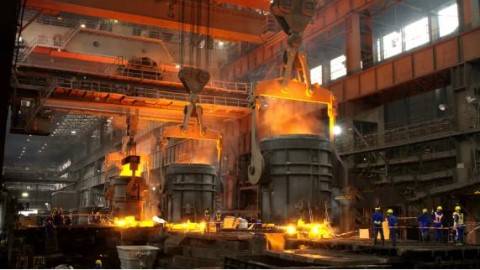
For large steel forgings, the main purpose of forging is to form and improve the internal defects and organization of the material to ensure the shape and size of the forgings and improve the internal quality. There are four common typical forging methods, namely wide flat anvil high temperature strong pressure method (WHF forging method), center compaction method, center tensile stress free forging method (FM forging method), wide large anvil compaction forging method (KD forging method). The process flow is divided into large shaft process flow, cylinder forging process flow, and pancake forging process flow according to the type of forging. The following is a detailed introduction to the relevant methods or processes.
1. Wide flat anvil high temperature strong pressure method (WHF forging method)
Wide flat anvil high temperature strong pressure method (WHF forging method) is a forging process method that uses high temperature and large deformation conditions on a wide flat anvil to forge the porosity defects in the steel ingot. During processing, it is recommended to use an anvil width ratio of 0.6 to 0.8 and a reduction rate of about 20%. Under this parameter, the stress and strain distribution in the billet is more reasonable, and the center, pores and loose structures will be effectively compacted. There should be about 10% overlap of the anvil width in the middle of the two pressed parts, and pay attention to the staggered anvil when turning and pressing, so as to achieve the purpose of uniform compaction of the billet.
2. Center compaction method
The center compaction method is to chamfer the steel ingot, forge it into a square cross-section billet, and then heat it to 1220℃~1250℃ (initial forging temperature) and keep it warm. Then take it out of the furnace and use surface air cooling, blast or spray cooling to 720℃~780℃ (final forging temperature). A layer of “hard shell” is formed on the surface of the steel ingot. At this time, the temperature of the core of the steel ingot is still maintained at 1050℃~1100℃, and the temperature difference between the inside and outside is about 230℃~270℃. Use a narrow flat anvil to pressurize the steel ingot longitudinally, and use the wrapping effect of the surface low-temperature hard shell to achieve the purpose of significantly compacting the core.
3. Center tensile stress-free forging method (FM forging method)
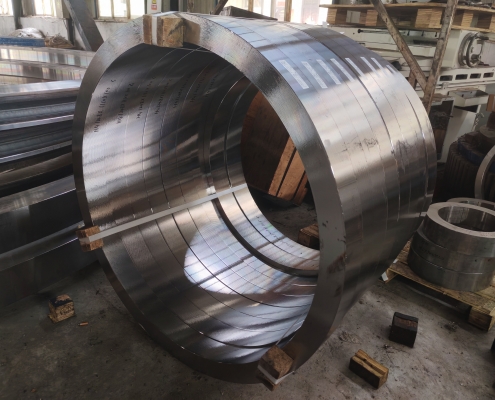
The center tensile stress-free forging method (FM forging method) is that the lower anvil is a wide flat anvil and the upper anvil is a narrow anvil. The billet deforms between the asymmetric flat anvils, and asymmetric deformation occurs inside the forging billet, and the stress state of each part also changes. When the billet is deformed, the part that forms tensile stress moves to the bottom of the billet, while the central part is subjected to compressive stress, which has a significant effect on the internal pore defects of the forged steel ingot. The recommended process parameters of the FM forging method are an upper anvil width ratio of 0.6 and a reduction rate of 14% to 15%.
4. Wide anvil compaction forging method (KD forging method)
The upper and lower anvils of the wide anvil compaction forging method (KD forging method) are both V-shaped anvils. Taking advantage of the fact that the steel ingot has sufficient plasticity under long-term high temperature conditions, it can be forged with a wide anvil and a large reduction rate on limited equipment. The use of upper and lower V-shaped anvils for forging is conducive to improving the metal plasticity of the forging surface, increasing the three-dimensional compressive stress state of the core, ensuring the concentricity of the forging, and effectively forging the internal defects of the steel ingot. The process parameters here recommend the upper and lower V-shaped anvil opening angle α=135°, the anvil width ratio of 0.4~0.8 (the best is 0.6), and the reduction rate of about 20%. When forging, attention should be paid to staggering the anvil and turning it 90° to ensure uniform compaction of the core of the forging and high drawing efficiency.
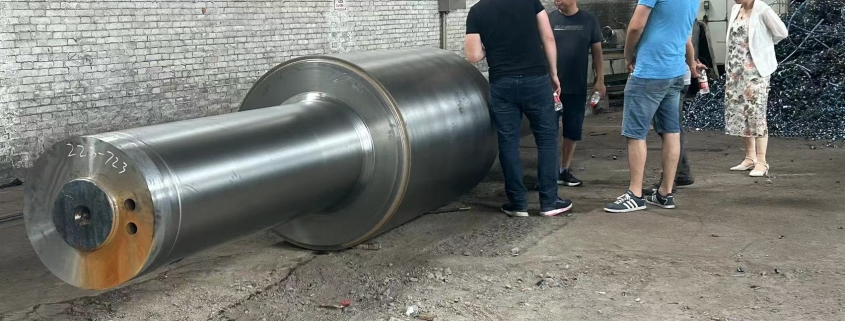
5. Introduction to the process flow of different forged steel parts
(1) The process flow of large shaft forgings is: clamping jaws → main deformation → material separation → finished product. The main deformation can be carried out by wide flat anvil high temperature strong pressure method, center compaction method, center tensile stress free forging method, wide anvil compaction forging method, or other suitable forging methods to ensure that the forging has a sufficient forging ratio and that the entire cross section is fully forged. If the cross-sectional size of the forging is large, the forging ratio can be increased by increasing the number of upsetting and drawing times, or other methods can be used to increase the forging ratio.
(2) The process flow of large cylindrical forgings is generally: blanking → upsetting → punching → hole expansion. For long large cylindrical forgings, the mandrel drawing process can be added after punching. In order to ensure that the forging has a sufficient forging ratio, the forging ratio can be increased by increasing the drawing or upsetting and drawing before blanking, or other methods can be used to increase the forging ratio.
(3) The process flow of large pancake forgings is generally: jaw pressing → main deformation → blanking → upsetting, expansion. The main deformation of pancake forgings can refer to the process flow of large shaft forgings. After the pancake hollow forgings are upset and expanded, punching procedures should be added. When expanding pancake forgings, reasonable expansion methods can be used to ensure the compaction effect and uniform deformation of pancake forgings.
The above is an introduction to the common forging methods and process flow of large forged steel parts. Quality assurance technology is very important in the manufacturing of large forged steel parts, but large forged steel parts are typically multi-variety and small-batch production, so in many cases, it is difficult for enterprises to realize automated processing for their forging production. The forging process of large forged steel parts is a systematic process, which also requires us to master the forging equipment and accessories operation process, the ingot performance meets the requirements, and the risk control of the forging process. All of this requires us to reasonably select the forging deformation scheme and the distribution of deformation amount of each fire according to the actual production and operation, the internal quality requirements of the enterprise, and the actual scientific research results.
